What’s the Buzz
The Bee Healthy Blog
Which Is More Important: Systolic or Diastolic Blood Pressure?

High blood pressure (medical term: hypertension) is one of the leading cardiovascular risk factors worldwide. People with untreated hypertension are at increased risk of heart disease and stroke, which are leading causes of death in the US. Each year, approximately half a million deaths in the country are attributed to hypertension as the primary or contributing cause. It is estimated that some 116 million Americans (half the total adult population) have high blood pressure. But only 1 in 4 adults with hypertension have their condition under control.
Hypertension is often called a “silent killer” because most people who have it don’t have any symptoms. But without treatment, high blood pressure can lead to serious health events like heart attack and stroke. Blood pressure measurements are the only way to detect hypertension. Understanding your blood pressure numbers is the first step towards controlling high blood pressure with lifestyle changes or medication if needed. Please continue reading to learn more about systolic and diastolic blood pressure.
What is systolic blood pressure? And what is diastolic blood pressure?
Your blood pressure is recorded in millimeters of mercury (mm Hg) as two numbers, for example, 120/80 mmHg.
- The upper number (first number) is your systolic blood pressure – it indicates the pressure exerted by your blood against the walls of your arteries when your heart contracts.
- The lower number (second number) is your diastolic blood pressure – it indicates the pressure in your blood vessels during the rest period between heartbeats.
How can I tell if I have high blood pressure?
According to the American Heart Association:
- The normal blood pressure range is a systolic reading of less than 120 mmHg and a diastolic reading of less than 80 mmHg.
- Your blood pressure is “elevated” if the systolic number is between 120 and 129 mmHg and the diastolic pressure is less than 80 mmHg.
- If your systolic and diastolic pressure is 130-139 and 80-89 mmHg, you have stage 1 hypertension.
- If your systolic and diastolic blood pressure is 140/90 mmHg or above, then you have stage 2 hypertension.
- A hypertensive crisis is blood pressure readings of 180/120 mmHg or higher. This is an emergency that requires immediate medical attention. If your numbers are 180/120 mmHg or higher, recheck your blood pressure after 5 minutes. If you continue to have elevated blood pressure, you should contact your doctor immediately.
Which number in the blood pressure reading is more important?
Many patients and many healthcare providers tend to pay more attention to the systolic blood pressure reading. As noted above, the systolic pressure (the first or top number) represents the pressure in your arteries when your heart contracts. The diastolic pressure (the second or bottom number) is always lower because it reflects the pressure in your blood vessels in the resting phase of the heartbeat cycle.
The truth is that both the systolic and the diastolic blood pressure numbers are equally important. Experts say that any reading in which the systolic blood pressure is over 130 mm Hg and/or the diastolic reading is 80 mm Hg or higher qualifies as high blood pressure or hypertension and puts you at risk of serious health complications.
What is better: Low systolic or low diastolic?
As mentioned above, it’s important to keep both blood pressure numbers normal for good heart health. It was previously believed that the risk of cardiovascular disease (in particular strokes) was higher in people with high systolic pressure. The general view was that an elevated diastolic pressure was less problematic.
However, recent findings from 2019, after an 8-year study involving some 1.3 million adults have shown that while elevated systolic pressure has a greater effect on the heart, elevated diastolic readings can independently affect a person's risk, regardless of the systolic pressure.
Indeed, some people can have a condition called isolated diastolic hypertension. This is defined as a diastolic blood pressure of more than 80 mm Hg with a normal systolic blood pressure. Observational studies have shown that isolated diastolic hypertension is linked to an increased risk of cardiovascular disease. It is more common in younger individuals, males, and those with high body mass index (people above a healthy weight). Other risk factors include high triglycerides, high blood glucose levels, and increased alcohol consumption.
Is systolic or diastolic more important in the elderly?
Over the years, studies have shown a greater risk of heart disease and stroke in people with elevated systolic pressures compared to high diastolic pressures. This is especially believed to be true in elderly people (age 50 and above). For this reason, doctors tend to pay may more attention to the top number. The difference may be related to the immense force exerted on the large arteries when blood is pumped out from the heart.
What does it mean if my systolic is high, but my diastolic is normal?
If your systolic blood pressure is elevated, but your diastolic blood pressure is normal, it is called isolated systolic hypertension. This is defined as a systolic reading of 130 mmHg or higher and a diastolic reading of less than 80 mmHg.
Isolated systolic hypertension is a common form of hypertension in elderly individuals (people above the age of 65), but it can occur in younger people too. High systolic blood pressure puts you at risk of heart attack, stroke, and chronic kidney disease. Isolated systolic hypertension is believed to occur due to stiff arteries. It may be associated with obesity, diabetes, hyperthyroidism (overactive thyroid gland), and heart valve abnormalities.
So, in a nutshell, both the systolic and diastolic pressure readings are important. Elevated blood pressure increases your risk of serious health consequences. That’s why it is important to monitor your blood pressure regularly. If either your systolic pressure or your diastolic pressure or both are high, you should consult a healthcare professional who can provide medical advice, diagnosis, or treatment for hypertension, as appropriate.
References:
- https://www.cdc.gov/bloodpressure/facts.htm
- https://www.heart.org/en/health-topics/high-blood-pressure/understanding-blood-pressure-readings
- https://www.health.harvard.edu/heart-health/which-blood-pressure-number-matters-most
- https://www.mayoclinic.org/diseases-conditions/high-blood-pressure/expert-answers/hypertension/faq-20058527
- https://www.peertechzpublications.com/articles/ACH-6-128.php#
- https://www.health.harvard.edu/staying-healthy/which-blood-pressure-number-is-important#:
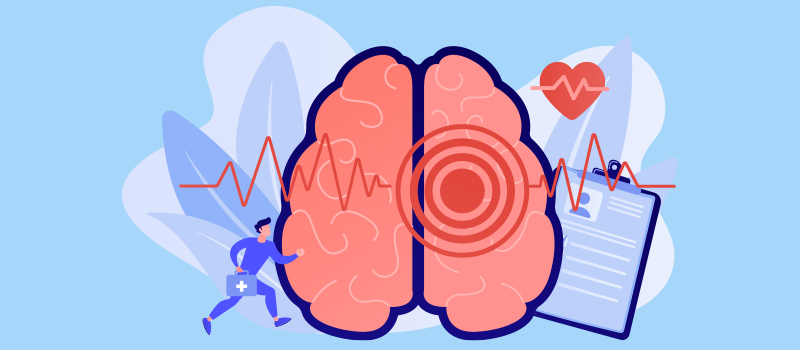

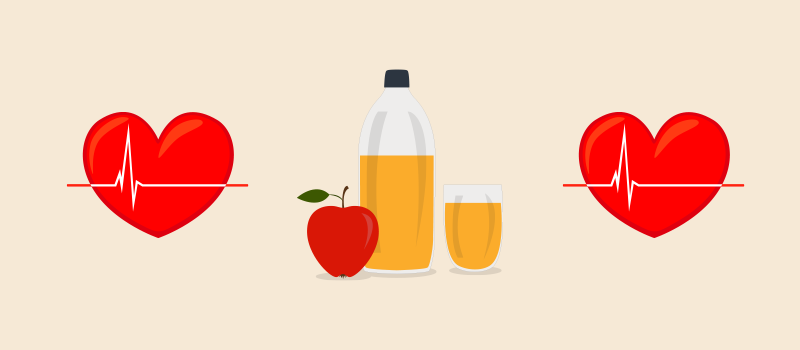
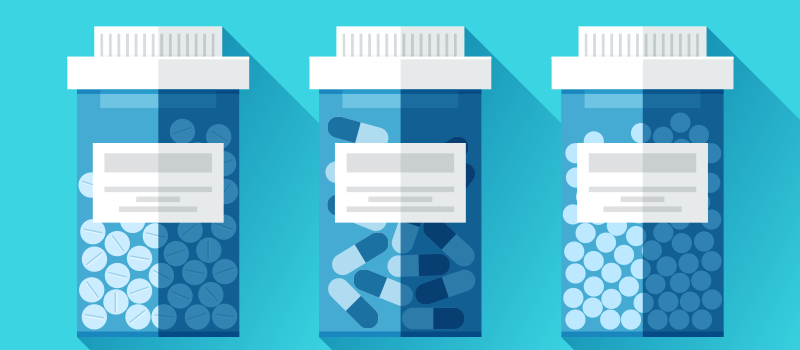

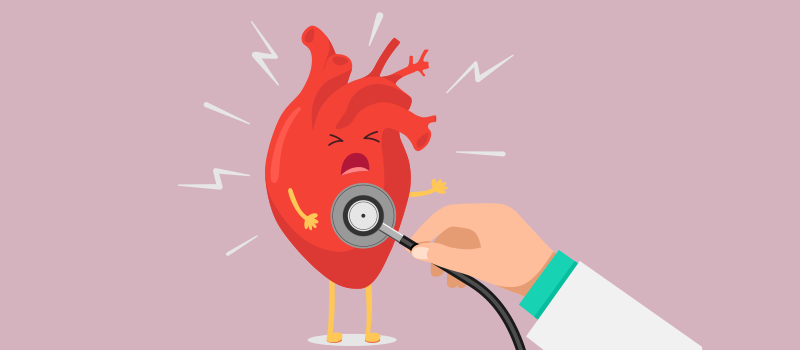
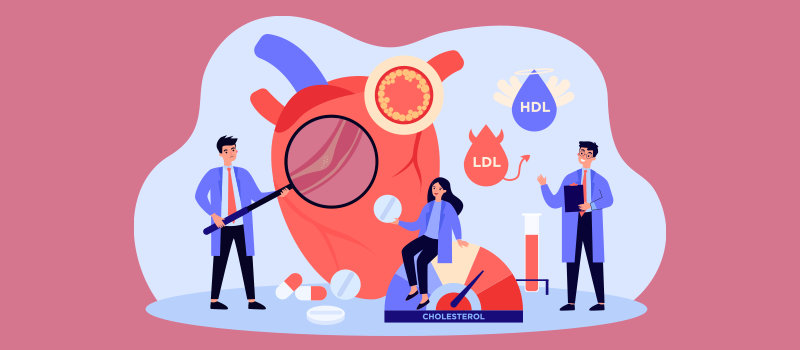




SOCIAL